Fostering Sustainable Behavior Change
“Community-Based Social Marketing draws heavily on research in social psychology, which indicates that initiatives to promote behavior change are often most effective when they are carried out at the community level and involve direct contact with people.” (from Fostering Sustainable Behavior Change by Doug McKenzie-Mohr)

For better or worse, every day habits can impact our environment, including Long Island Sound. The message, “What Goes on the Ground; Goes in the Sound” is a reminder that what we deposit or throw away can end up in storm drains, rivers, the groundwater, and ultimately the Sound. Since it is not always easy to change habits, the Long Island Sound Futures Fund has awarded grants to organizations and municipalities who promote behavior change with projects that involve direct contact with the public to build community support.
Below are descriptions of Long Island Sound Futures grants that have been awarded to organizations conduction education and behavior change campaigns. Open the National Fish and Wildlife Foundation (NFWF) Grant Profile link to find out more information for each project, including final reports if the project has been completed.
Healthy Lawns, Healthy Rivers for a Healthy Long Island Sound (2019)
Grantee: Niantic River Watershed Committee
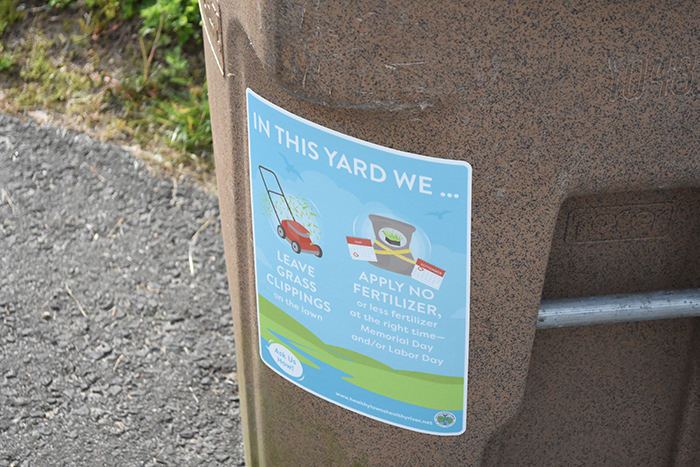
The Niantic River Watershed Committee will deploy a social marketing strategy to encourage 700 local residents to use less or no fertilizer on their lawns in the Niantic River watershed, East Lyme and Waterford, Connecticut. Social marketing applies commercial marketing ideas to engage people to take action voluntarily around shared community problems. The Niantic River is a natural, commercial and community resource with poor water quality due, in part, to nitrogen in fertilizer that flows from lawns into the river and Long Island Sound. Excess nitrogen causes problems like algal blooms which harm the environment and reduce public enjoyment of the Sound. The project is based on a model of social diffusion where neighbor-to-neighbor communication is used to spread the word and encourage collective community action to adopt lawn care practices resulting in a reduced fertilizer use to improve water quality. Project activities: 1) Recruit community members to serve as a steering committee; 2) Identify neighborhoods for outreach near the river; 3) Recruit and train 20 local volunteers to conduct one-to-one visits with information and messages designed to encourage residents to adopt new lawn care practices and to share the practices with neighbors, and 4) Conduct follow-up visits to learn if the changes in lawncare were maintained and shared with neighbors. This project will expand a pilot that showed promise to reduce a common type of nitrogen pollution into all waterways that feed the Sound.
Keeping the Sound Healthy, Stormwater Social Marketing (2013)
Recipient: Maritime Aquarium at Norwalk
Project Area: Norwalk

The Maritime Aquarium at Norwalk used two manned interactive exhibits on the floor of the aquarium floor titled: Water Quality Station and Floatable Debris Station to present information and provide educational experiences to more than 30,000 visitors. This project, “Keeping the Sound Healthy,” used a Community-Based Social Marketing campaign to encourage the adoption of activities that protect water quality. The focus of the exhibits was on activities that may be changed or adopted by individuals, including reuse and recycling; car washing and lawn care. Each exhibit provided an activity that a visitor can engage in while at the station. Throughout the day at both exhibits, visitors were asked to pledge to adopt a new behavior. NFWF Grant Profile
Organic Lawn Care Certificate Program (2013)
Grantee: Northeast Organic Farming Association of Connecticut
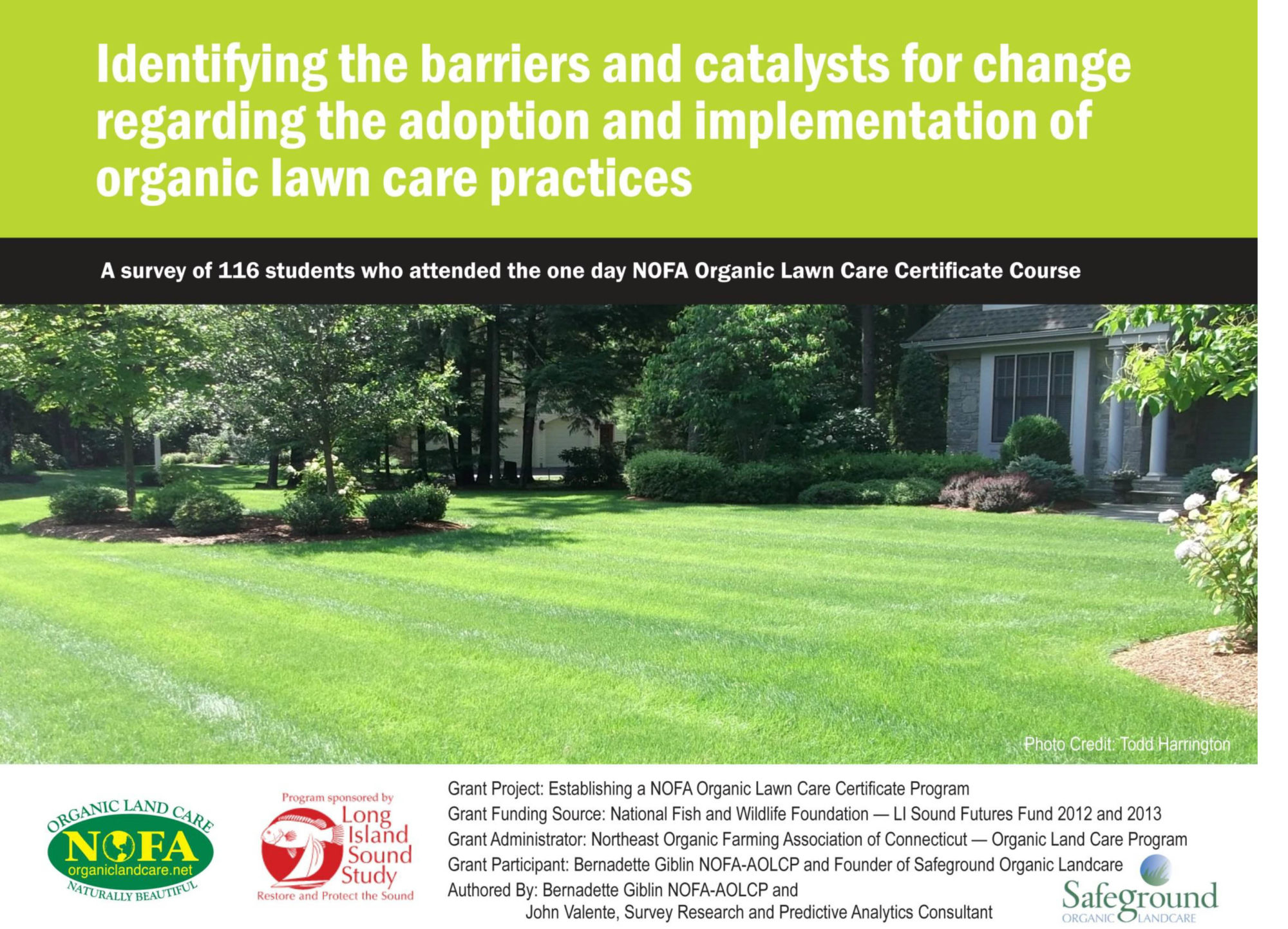
Northeast Organic Farming Association of Connecticut provided two certificate courses about alternative, non-chemical lawn care aimed at reducing fertilizer pollutants into Long Island Sound to 100 lawn care providers offering each student technical support for six months. The course was designed for small lawn care technicians, small business owners, sole proprietors and municipal workers who maintain lawns and landscapes. The project provided an affordable, accessible, short course that offers a marketable credential — the NOFA Organic Lawn Care Certificate — upon course completion. It included a survey of participants to identify both the barriers and catalysts to the adoption of alternative, non-chemical lawn care practices to help improve the future effectiveness of the course. NFWF Grant Profile
Engaging Sweet Corn and Potato Farmers: N-Fertilizer Management (2013)
Grantee: Cornell Cooperative Extension Association of Suffolk County
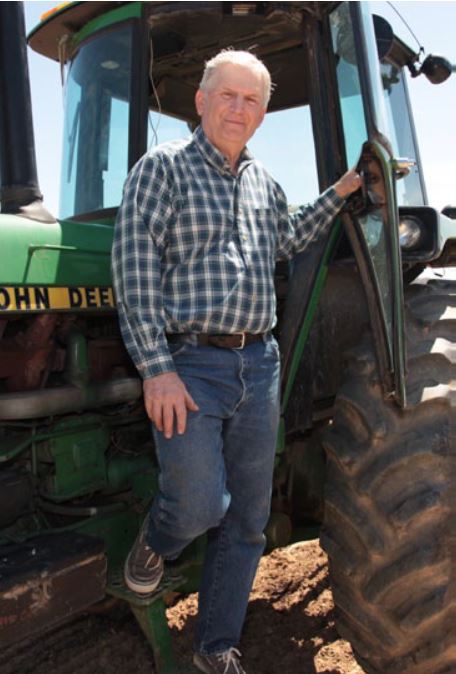
Cornell Cooperative Extension Association of Suffolk County worked work with sweet corn and potato farmers to increase the application of controlled release nitrogen fertilizer (CRNF) to reduce the amount of nitrogen pollution into the ground and surface waters of Long Island Sound. Through on-farm demonstrations and articles published in monthly educational publications, the Stewardship Program has made all of the row-crop farmers in Suffolk County aware of the new technologies and nitrogen use efficiency practices available to them. These farmers were educated about the benefits of using controlled release nitrogen fertilizer through on-farm demonstrations and articles in monthly educational publications. The number of farmers reached met the proposed goal.
A total of 35 sweet corn growers and 25 potato farmers who had not previously used controlled release nitrogen fertilizer (CRNF) were engaged in large-scale on-farm side-by-side demonstration projects to show the costs and benefits of CRNF compared to conventional N fertilizer. 28 corn farmers (80% of total) and 3 potato farmers (12% of total) changed their fertilizing behavior. A total of 1,200 acres out of 1,500 acres growing sweet corn are now managed using CRNF. A total of 440 acres out of 2,200 f devoted to growing potatoes are currently using CRNF. Converting farm practices to use CRNF has prevented 56,640 lbs/N from entering the LIS without reducing crop yield or quality. The total number of farmers that changed their behavior met the proposed goal of changing the behavior of 20 farmers.
Conserving Coastal Birds through Stewardship and Outreach (2013)
Grantee: National Audubon Society

National Audubon Society (Audubon Connecticut and Audubon New York) education and science staff train 443 volunteers to with the protection and monitoring of nesting birds, including piping plovers and least terns, and educated students and beach-goers about their conservation needs. Audubon held “string fencing days” where volunteers learned about beach-nesting birds and then assisted in installing protective fencing at 7 beaches helping to protect roughly 6 miles of beach. Audubon exceeded the goal of training 135 volunteers. Audubon staff also taught lessons to 30 elementary school classes reaching a total of 487 students. Students designed and installed over 180 signs at 12 beach nesting sites across the Sound. It’s “Share the Shore” messaging reached over 32,000 people via traditional, online and social media outlets. Staff and 80 volunteers conducted 31 “Be a Good Egg” outreach days at 7 beaches in CT and NY to raise awareness about beach-nesting birds and collected 1,673 “Be a Good Egg” pledges to protect beach-nesting birds. It exceeded the goal to educate 10,000 people and receive 200 pledges. Piping plovers and least terns are threatened native species facing loss or degradation of their nesting areas because of human disturbance due to conflicts with recreational uses and predators, and sea-level rise among other factors. NFWF Grant Profile
Reducing Plastic Pollution in Waterways through “Bring Your Own Bag” Campaign (2011)
Grantee: Citizens Campaign for the Environment
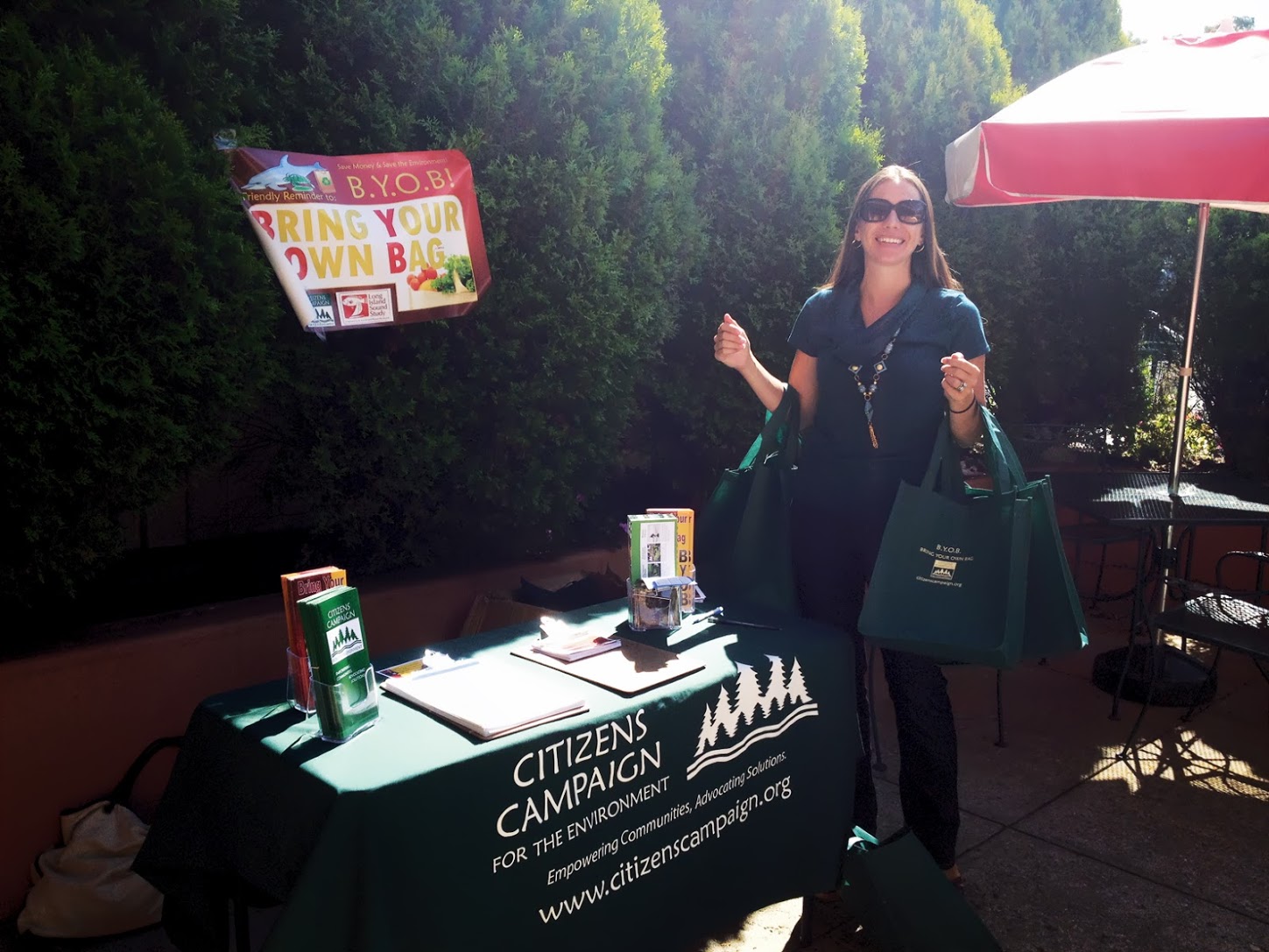
Citizens Campaign for the Environment implemented a pilot campaign to reduce plastic pollution into waterways to encourage 500 residents to use reusable bags instead of throw-a-way disposable plastic bags in Huntington, Northport, and Port Jefferson. The project included producing a video public service announcement, distributing 2,500 brochures in targeted areas, working with local businesses to ensure “prompts” are displayed in local shops, and encouraging residents to pledge to stop using plastic bags. NFWF Grant Profile
Curbing Invasion Pathways through AIS Awareness (2010)
Grantee: University of Connecticut, Connecticut Sea Grant
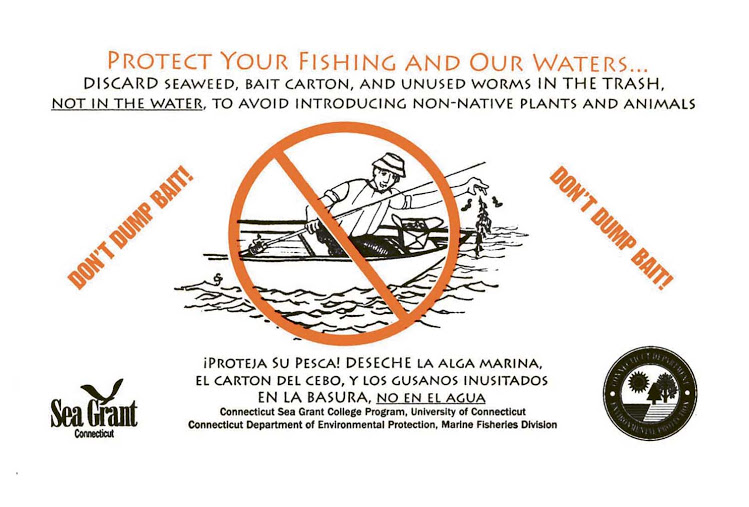
The University of Connecticut, Connecticut Sea Grant created and implemented a social marketing campaign to educate marine boaters and anglers about aquatic invasives and to change behavior to minimize their potential role in causing new introductions.
Many boaters and anglers are unaware of the problems associated with invasive species in Long Island Sound and the pathways for introductions of those species from recreational boating and fishing. The project applied techniques used by commercial marketers, termed “social marketing.” Rather than dictating the way that information is to be conveyed from the top-down, educators listened to the needs and desires of the target audience themselves and built a program from there. The primary focus was on the consumer–on learning what boaters and anglers want and need rather than trying to persuade them about environmental goals. The project aimed to reduce new invasions by engaging these communities to properly dispose of bait and bait packing materials and changing hull maintenance practices to minimize the transfer of invasive species. Bait retailers were contacted to encourage them to put “Don’t Dump Bait” labels on purchases of live bait for marine use at point-of-sale. In total 40,000 stickers were applied at 10 retailers. NFWF Grant Profile